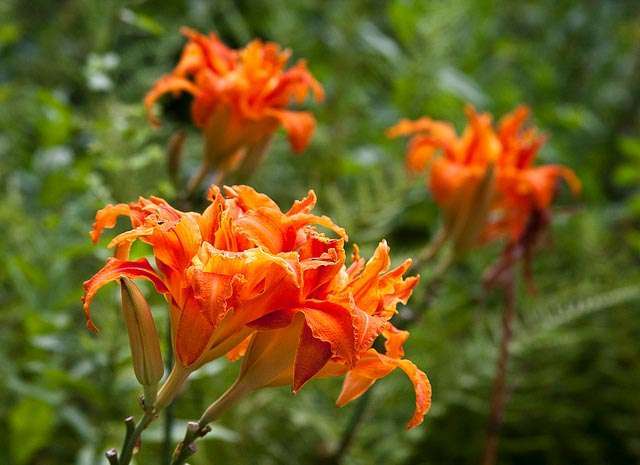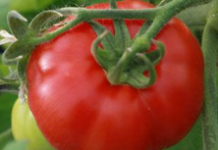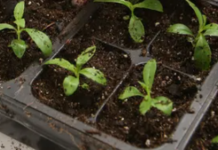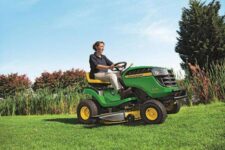MANHATTAN, Kan. – Short of a belly ache, there’s no real danger in eating the crabapples growing in many Kansas backyards these days.
“Crabapples are safe to eat as long as you don’t eat too many of them,” said Ward Upham, a horticulture specialist with K-State Research and Extension.
In fact, crabapples are not much different than apples purchased in the grocery store. By definition, Upham said, crabapples have fruit that are 2 inches or less in diameter, while apples are more than 2 inches in diameter.
“By this definition,” he said, “most of the apples grown from seed will be crabapples.”
Fruiting apples are grafted, or a process of reproducing fruit in which a section of a stem with leaf buds is inserted into the stock of a tree.
Before eating crabapples, make sure the tree has not been sprayed as an ornamental with a pesticide that isn’t labeled for fruit tree apples, Upham said. “If it has, then the fruit should not be used,” he said.
Dividing daylilies
Daylilies need to be divided every 3-4 years to maintain good flower production, according to Upham.
“Though they may be divided in early spring before growth starts, it is more common to divide them in September,” he said. “Many gardeners cut back the tops to about half their original height to make plants easier to handle.”
He notes that daylilies have a very tough root system that can make them difficult to divide while in place.
“Dividing in place is practical if it hasn’t been long since the last division,” Upham said. “In such cases, use a spading fork to peel fans from the existing clump. If the plants have been in place longer and are well grown together, it is more practical to dive them after the entire clump has been dug.”
When planting daylilies that have been divided, space them 24-30 inches apart and set each at its original depth. “The number of flowers will be reduced the first year after division, but will return to normal until the plants need to be divided again,” Upham said.
Upham and his colleagues in K-State’s Department of Horticulture and Natural Resources produce a weekly Horticulture Newsletter with tips for maintaining home landscapes. The newsletter is available to view online or can be delivered by email each week.
Interested persons can also send their garden- and yard-related questions to Upham at [email protected], or contact your local K-State Research and Extension office.
-30-
FOR PRINT PUBLICATIONS: Links used in this story
K-State Horticulture Newsletter, https://hnr.k-state.edu/extension/info-center/newsletters/index.html
K-State Research and Extension local offices, www.ksre.k-state.edu/about/stateandareamaps.html
K State Research and Extension is a short name for the Kansas State University Agricultural Experiment Station and Cooperative Extension Service, a program designed to generate and distribute useful knowledge for the well being of Kansans. Supported by county, state, federal and private funds, the program has county extension offices, experiment fields, area extension offices and regional research centers statewide. Its headquarters is on the K State campus in Manhattan. For more information, visit www.ksre.ksu.edu. K-State Research and Extension is an equal opportunity provider and employer.
Story by:
Pat Melgares
785-532-1160
[email protected]
For more information:
Ward Upham
785-532-6173
[email protected]




